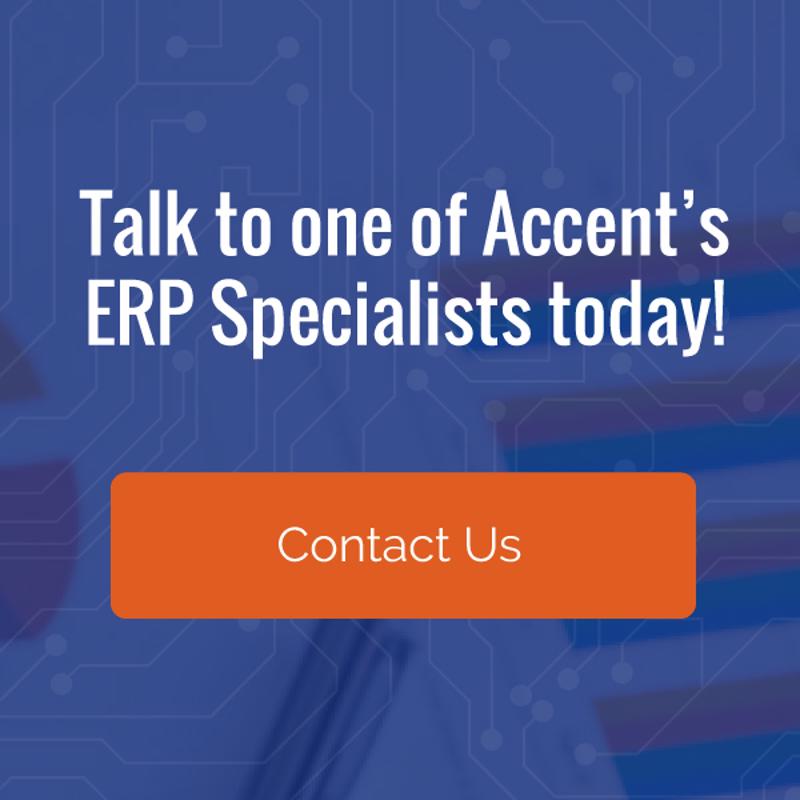Variables Every Manufacturer Should Consider Before ERP Adoption
Companies that don't consider all the variables before integrating enterprise resource planning (ERP) could find that it may not live up to their expectations.
The first question a prudent manufacturer should ask itself when considering an ERP software solution is what it actually needs. ERP solutions come in a myriad of different shapes and sizes so companies should think carefully about their specific requirements. The road to successful ERP integration is filled with potholes for the unwary, some of which will not become apparent until it is potentially too late.
Module And Vendor Selection
An ERP system has a vast number of functional areas which are often grouped together as modules. These modules cover all elements of business operations and have been designed to enhance efficiency in the workplace.
Not every company integrates every module, rather they can pick and choose the modules that best suit individual needs. A manufacturer, for instance, will have different requirements than a retail operation, which puts the onus on the internal decision-makers to pick the right software fit. Understanding what a ERP software solution needs to do becomes a critical component, as highlighted by a recent TechTarget article.

One important variable to consider from the start is the ERP vendor landscape itself.
According to Gartner, global IT spending will be around $3.7 billion in 2018, with a significant chunk of that money channeled toward enterprise-centric software. With that in mind, the vendor marketplace can be a minefield for companies that don't undertake a Strength, Weakness, Opportunity and Threat (SWOT) analysis on their current operations before they look at ERP software options.
Functionality Is Key
Another way to think about potential ERP software adoption is to compare it to a company Facebook page. When the social network opened its doors to the world in 2007, enterprises of all sizes rushed to create their own pages. Back then, Facebook was still a relative novelty but it did give brands a direct link to a growing customer base. That was the theory, anyway.
Yes, companies probably needed a Facebook page, but it was very rare that people actually had a clear idea of why. An unvisited page is relatively pointless, irrespective of what social media influencers believe. An ERP solution that doesn't function as it is supposed to or fails to add actual value to staff work processes will also become unloved and unwanted.The integration of ERP software is supposed to enhance business practices and reduce pain points, linked variables that must be considered from day one.
Customization
Finally, there is the question of customization. An off-the-shelf product may not be sufficient for some companies and the natural inclination will be to integrate a customized ERP system. The majority of ERP implementations do have some element of being built to fit, but there is a consensus that organizations that start down the customization track don't appreciate that it can undermine the effectiveness of the software and even cost more in the long run when it comes time to upgrade. In other words, if you can limit the scope of this necessary evil, it becomes more likely that the integration will be successful.
The inescapable truth is that software has eaten the world, so much so that it is ubiquitous in almost every aspect of our daily lives. The caveat is that people now expect the software they use in a workplace to function at the same level as programs they use when they are sitting at home.
That is not a bad thing. The digital transformation of society has made life better for millions of people, so it makes sense that companies would want to augment their business practices with software that will streamline operations and keep the bottom line ticking over. An ERP integration is a unique challenge, but one that will allow the company to compete on a level playing field.









